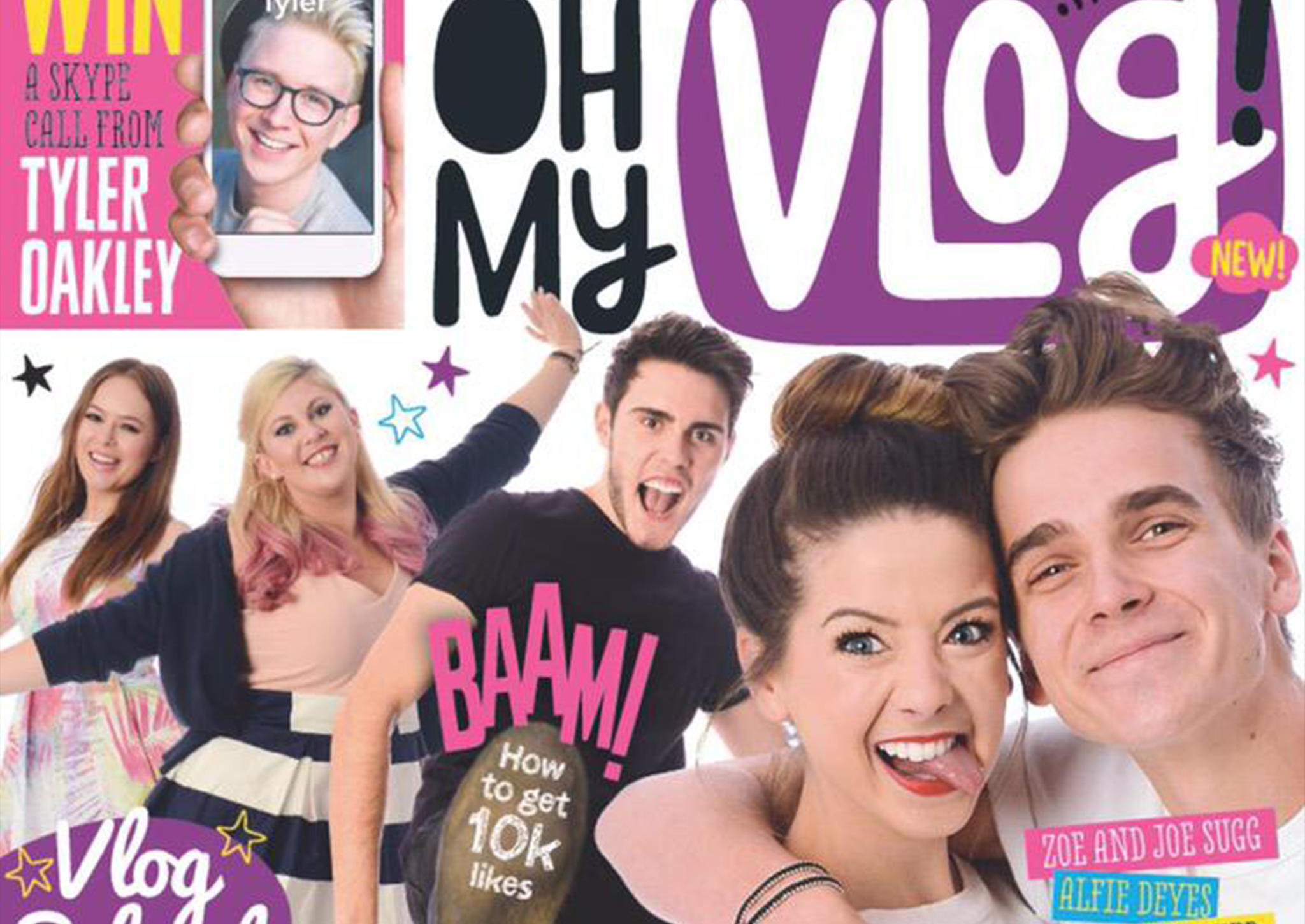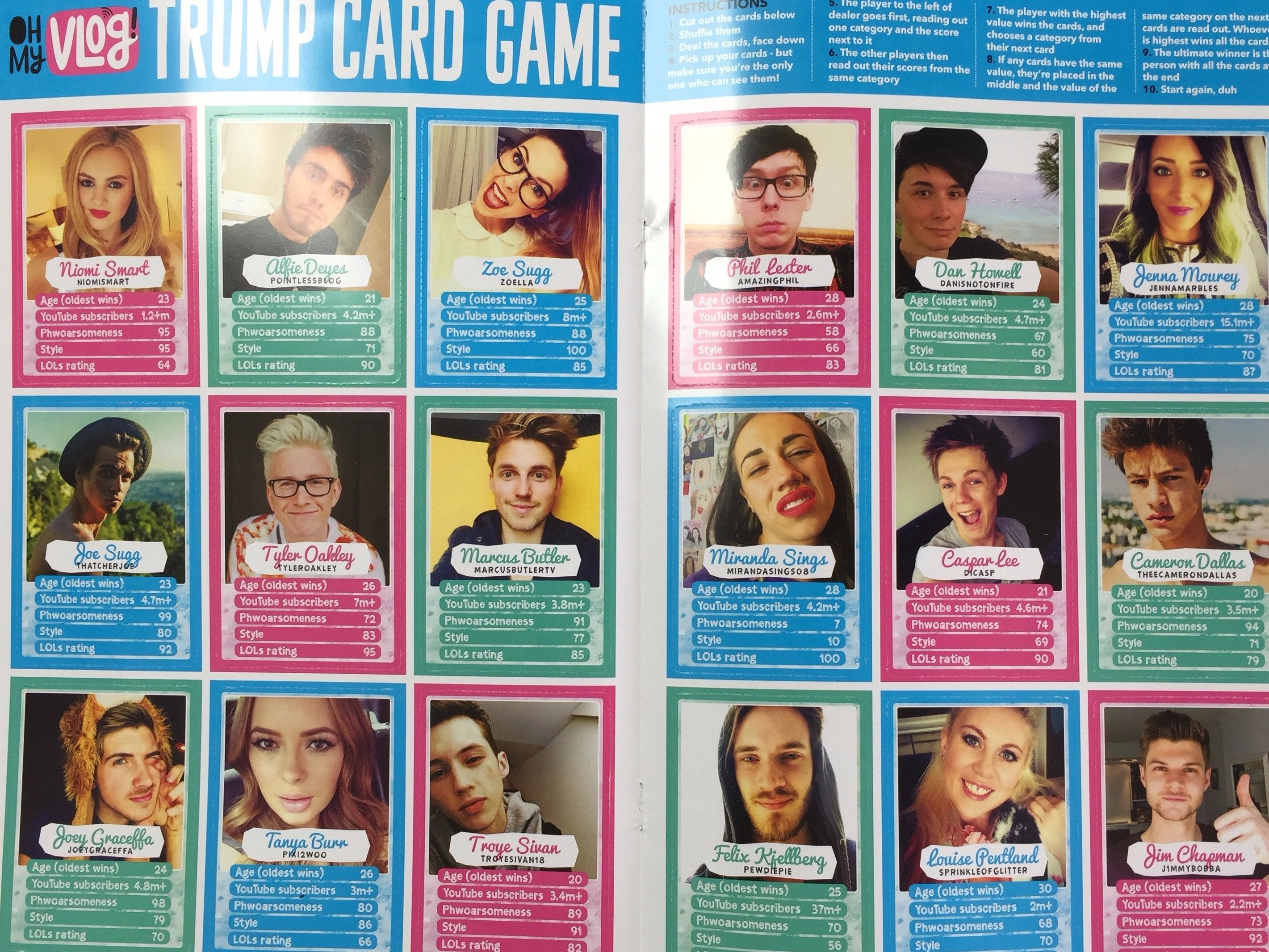It may feature the harmless faces of Zoella and Alfie Deyes, but Oh My Vlog! is a dangerous magazine
White skin will continue to be seen as the ideal until people of colour are properly represented in the creative industries


Your support helps us to tell the story
From reproductive rights to climate change to Big Tech, The Independent is on the ground when the story is developing. Whether it's investigating the financials of Elon Musk's pro-Trump PAC or producing our latest documentary, 'The A Word', which shines a light on the American women fighting for reproductive rights, we know how important it is to parse out the facts from the messaging.
At such a critical moment in US history, we need reporters on the ground. Your donation allows us to keep sending journalists to speak to both sides of the story.
The Independent is trusted by Americans across the entire political spectrum. And unlike many other quality news outlets, we choose not to lock Americans out of our reporting and analysis with paywalls. We believe quality journalism should be available to everyone, paid for by those who can afford it.
Your support makes all the difference.There is an acceptable face of creativity, and it’s white. That’s the message sent by Oh My Vlog!, a new magazine centred around YouTube celebrities. A quick flip through its pages and you’ll find mostly white faces looking back at you.
Once you’ve Googled what it even is, a vlogger magazine sounds slightly ridiculous. So much so that it’s possible no one will even buy it. Maybe it doesn’t even matter, then, that it’s mostly white. But it does. Vlogging and broader internet movements are purported to be democratic, representative phenomena that spring up from the grassroots. Part of the beauty of vlogging is that anyone can do it and so this magazine represents a wide, varied and influential industry.
In this very broad community there’s no shortage of successful minority ethnic vloggers. Oh My Vlog! could have featured any number of BAME vloggers on its pages. Instead the magazine’s front page is dominated almost exclusively by white vloggers – Zoella, Alfie Deyes and Miranda Sings, the same people from this world who tend to get the mainstream most attention – and in it’s top trumps double-page spread there isn’t a single person of colour. In depicting a diverse industry as mostly white, the magazine’s creators have effectively undermined and de-professionalised people of colour.

Sadly, in its whiteness the magazine is conforming to the creative industries’ unwritten rules. People of colour aren't sufficiently represented because they aren’t seen as acceptable faces of creativity. Two years ago a journalist told the musician Alesha Dixon that they wouldn’t "put a black person on [their] front cover because the magazine wouldn’t sell". There are also instances of magazines photoshopping lighter skin onto women of colour in an effort to make them fit in with western standards of beauty, where lighter skin is seen as more attractive.
Media Diversified, a site that showcases the work of writers of colour, has noted this trend time and time again. As they’ve pointed out, people of colour aren’t given fair access to creative industries like journalism. In this world, there is only one newspaper editor who is of colour, Amol Rajan, who was only appointed to head up The Independent two years ago. And between 2009-2012 the number of minority ethnic people working in the media fell from 6.7 per cent to 5.4 per cent. This drop is surely related to the fact it’s difficult to survive in an industry where the colour of your skin affects how well you do.
Accepting whiteness as the appropriate face of creativity also impacts output. In magazines, books and film there’s a dearth of positive depictions of people of colour. When they make an appearance at all, they tend to be stereotyped and given bit parts. In children’s literature, which is key to shaping young peoples’ worldview, the same is true. People of colour are either sidelined or negatively typecast.
This sends out a harmful message to young people of colour: you aren’t worth all that much. And so vicious catch-22 has emerged; you need to be confident to succeed but everywhere you look you’re implicitly reminded not to have self-worth. Then, even if you apply for a job in the creative world, you know you have a big challenge ahead of you because you don’t fit the white mould that’s preferred.
None of this is to say that improving representation will get rid of the conscious and unconscious racism that results in famous black women being told they won’t sell magazines. But it’s certainly a place to start. Unless people of colour are given equal access to the creative industries – gracing our screens, printed on magazine pages, writing the books and news we read and taking centre stage in literature – white will continue to be seen as the ideal, and people of colour will be cut out of the picture. That’s why the whiteness of Oh My Vlog! is so dangerous.
Join our commenting forum
Join thought-provoking conversations, follow other Independent readers and see their replies
Comments